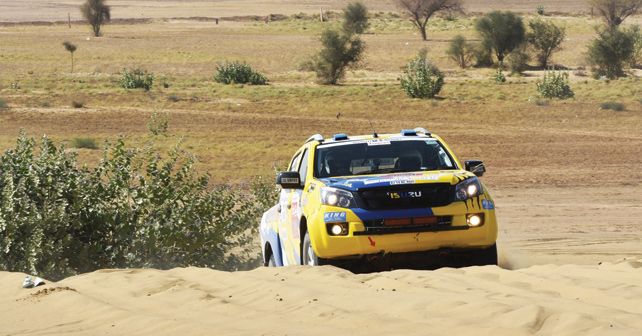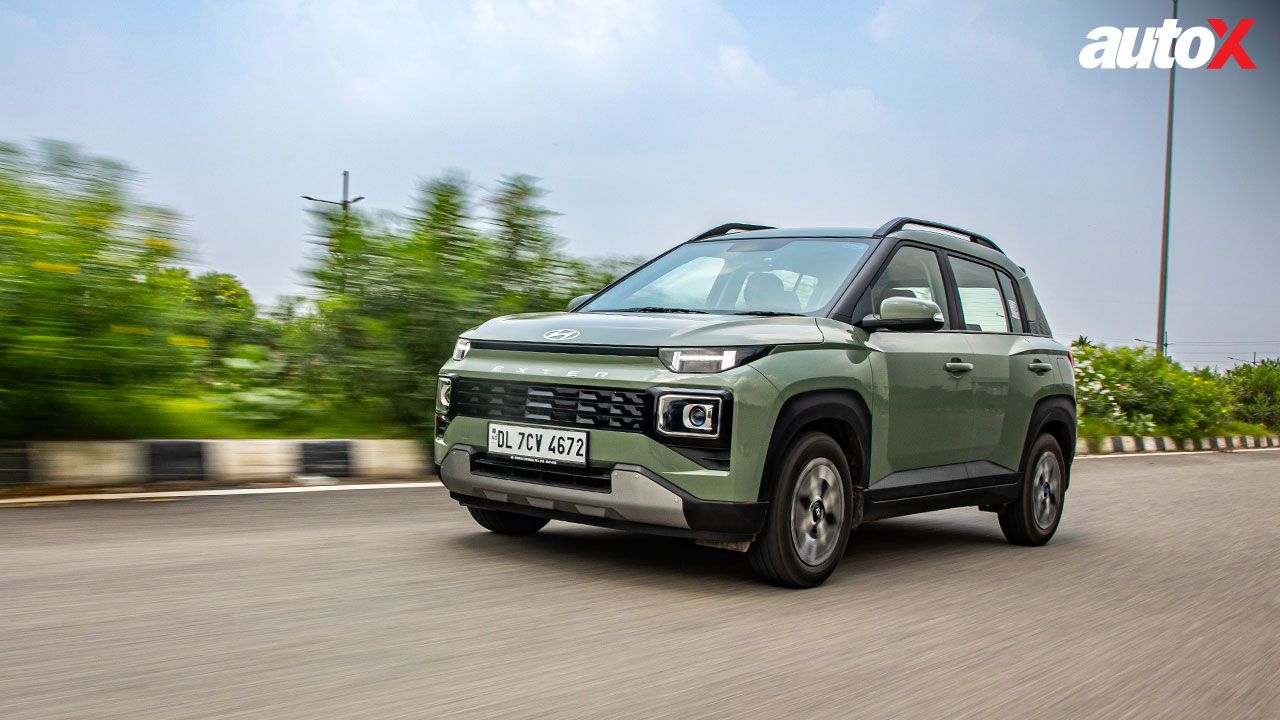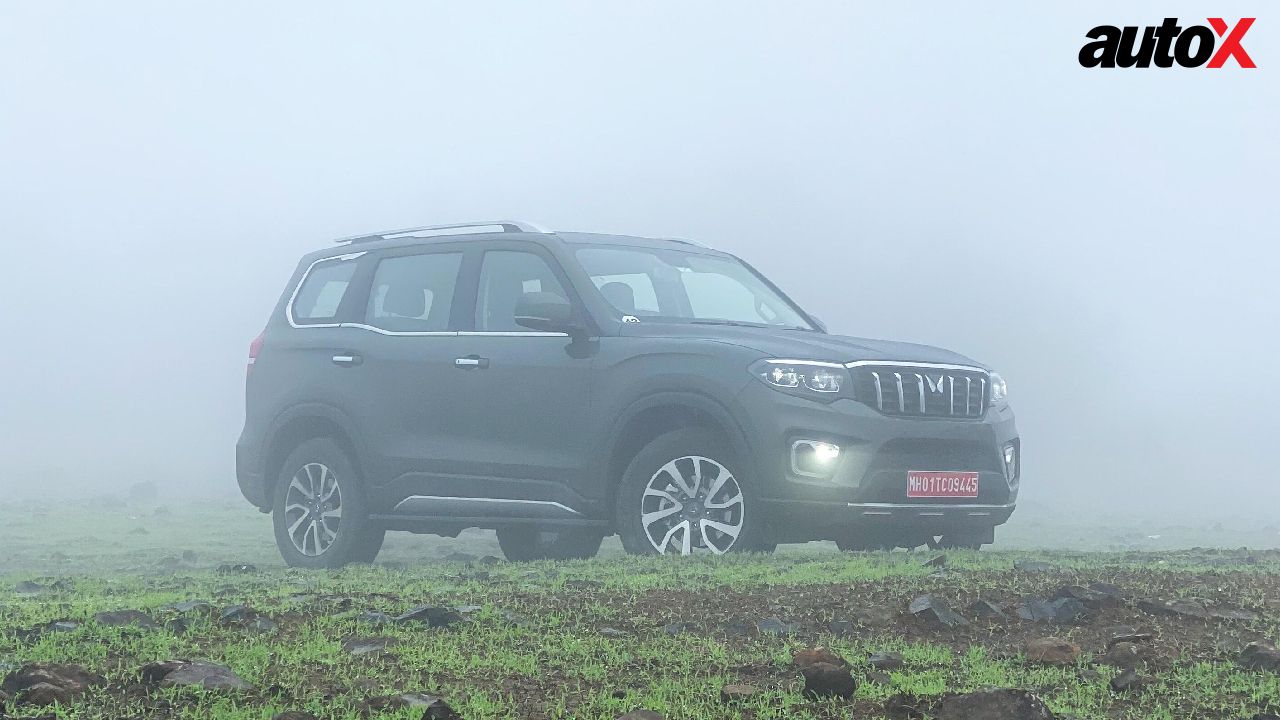2018 India Baja: How it all went down
A seemingly innocous change in sporting regulations meant that this year’s India Baja was historic, despite tragedy striking even before it started.
A seemingly innocuous change in sporting regulations meant that this year’s India Baja was historic, despite tragedy striking even before it started.
This year’s India Baja proved how much of a difference could small things make. The event, which has established itself as a short but intense cross-country rally, marked a shift to make such events in India more in keeping with the globally accepted standards with regards to navigation.
Up until this year’s Desert Storm – an event where the competitive distance is less than twice that of the India Baja despite lasting for nearly a week instead of two days – competitors focused more on going flat out on clearly defined routes in the desert that were navigable through GPS units, where they would load waypoints and a line that would trace through them all.
But from the India Baja – held near Jaisalmer in unexpectedly humid conditions on 18th and 19th August that even saw rain the day before the event, leading to the sand initially being packed harder in places – the GPS trace was done away with and competitors would have to, in theory, make it past each of the waypoints on the GPS as well as passage controls that would ensure that they were staying on the right track.
Changing Times
C S Santosh’s participation in and completion of the 2015 Dakar Rally has fuelled a surge in interest in cross-country rallying in India. The dependence on road-book navigation in the Dakar Rally and other international events convinced the rallying community in India of the need for events here to live up to international standards.
The event was held between the villages of Asutar, Khuiyala, Bhuwana and Majid Ki Basti near Jaisalmer – the route map looked awfully familiar.
And yet competitors veered well off the defined tracks, even close to a passage control located on roads that were frequently used by villagers and their livestock. Some even got lost while trying to find the flying finish of a stage.
Sherco-TVS Racing’s Lorenzo Santolino ended up taking victory and the ‘Road to Dakar’ ticket that gives him a provisional free entry into next year’s Dakar Rally. Hero MotoSports Team Rally’s CS Santosh was 25 minutes behind after receiving a 30-minute penalty in the final stage of the rally when he missed a passage control. But Santosh, by his own admission was never really ‘in the rally’, and he had good reason to say so.
On the day of official scrutineering, Santosh was one of the riders involved in a search and rescue operation in the desert that lasted for well over ten hours after Angata Racing’s team principal Asbakmon K Tharoth went missing in the desert when he separated from his team’s other riders while they were using GPS tracks from the Desert Storm to practice ahead of the event. Riding a rally-raid bike that was some 30kg heavier than Santolino’s bike also made a difference for Santosh. But ultimately one couldn’t really fault Santolino, who never put a foot wrong.
Tanveer Abdul Wahid of TVS Racing was third, a further 15 minutes behind Santosh while Ashish Raorane was the top privateer in sixth overall while dealing with problems of his own. His tuner fell sick before the event, making his wife of nine years his substitute crew chief.
Utter Domination
In the four-wheel category, Arindam Saikia and co-driver Jeevarathinam J completely dominated the event in their Polaris XP 1000 UTV. They were 31 minutes ahead of Himanshu Arora and Kunal Kashyap with Narayan Balan and Chirag Thakur third overall, just eight minutes behind.
The drivers from second overall to fifth were covered by just six minutes.
Pre-event favourites, Desert Storm winner Aabhishek Mishra and India Baja defending champion Gaurav Chiripal (both driving the out of production Maruti-Suzuki Grand Vitara) were early victims to the new format.
Not that Chiripal was complaining, as the 15-year rallying veteran had been looking forward to an additional challenge and he certainly got it. Both he and Mishra lost so much time that their attempts to make it back up led to engine failures.





















.webp)

Write your Comment on